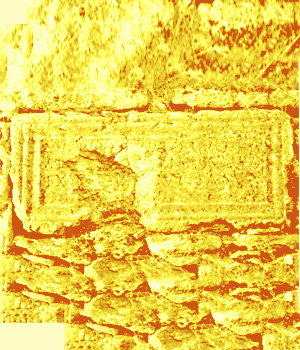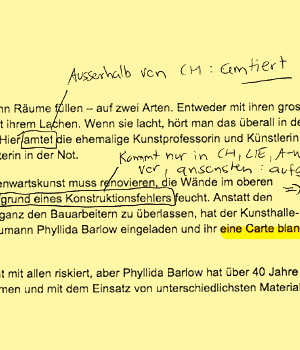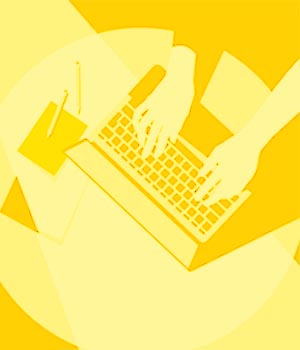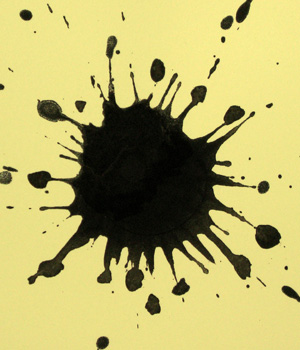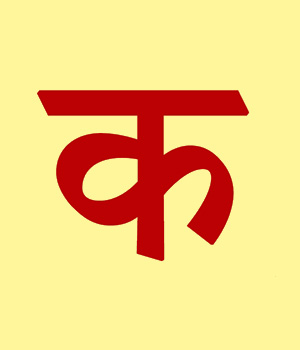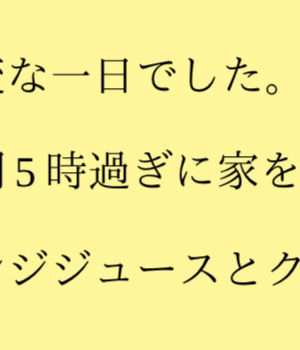Chinese Typewriter
The Chinese-language typewriter is a development of the 20th century. Before that, people either wrote by hand or used xylographic printing plates for larger editions.
The Chinese language doesn't transcribe individual sounds, but rather entire words. That's why the number of characters is significantly higher than is the case with European languages. The fabled 50,000 characters of the Chinese language are not the issue; on a daily basis, people use between 3,500 and 6,000 characters. Still, multiple thousands of characters make the construction and operation of a Chinese-language typewriter extremely complex.
In contrast to a typewriter for an alphabetic script, which employs a reasonable number of characters and which can even implement lowercase and uppercase, in the case of the Chinese typewriter, a letter case stores the characters. The typewriter lifts these loose pieces out of the grid, presses them against the color ribbon, and stores the pieces once again.
The Chinese typewriter was used by professional authors, who set up their letter cases themselves. That way, they could achieve a must greater speed than laypeople. That said, it's not possible to type faster than 250 times a minute. But, since the Chinese written language is more compact than the Western alphabet, this increases once again. In order to type 'daziji' (打字机) – the Chinese word for typewriter – it only takes three characters, in contrast to the 10 required for the English word (or the 15 required for the German word).
The 'feige' (飞鸽, 'flying dove) model on display was developed and built in the GDR and sold in China up until 1992. It features two letter cases, each with 2,450 pieces as well as additional pieces.
PD Dr. Marc Winter is a sinologist and Director of the Library of the Asia Orient Institute at the University of Zurich. More
Related contributions

